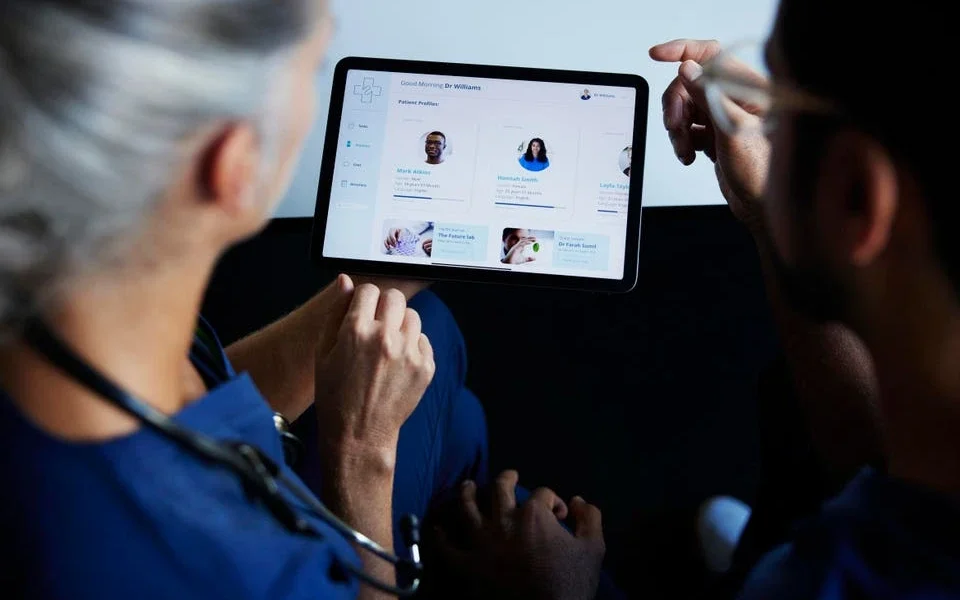Technology’s Answer To Healthcare’s Big Problem
It’s a pain point—the healthcare systems we currently employ are outdated and unsatisfactory to both providers and patients. Adoption of technology and forward-thinking has been slow.
Healthcare systems are in crisis globally, with their systems overstretched. Doctors and surgeons are grappling with backlogs exacerbated by the pandemic.
The waiting lists reached an all-time high in the U.K., with a record-breaking number of people currently waiting for treatment on the NHS.
The demand for healthcare won’t be lessening anytime soon, especially with the projected increase in the elderly population by 2050.
The Need for Change
Expanding access to healthcare is a priority for healthcare systems to be fit for the future. The most costly and critical area of healthcare—surgery—is in need of attention.
Surgery is often the only therapy that can alleviate disabilities and reduce the risk of death from common conditions. Yet, a significant portion of the world’s population does not have access to surgery.
Role of Technology in Healthcare
While technology cannot fix the static structures of healthcare systems, it can play a significant role in addressing the challenges. Technology has long been identified as a rapid way to scale and improve healthcare delivery.
Current technology is not what it should be—outdated technology is costing surgeons an entire month of workday hours per year. Surgeons believe care would be easier to deliver if current technology was improved.
Technological novation/ target=”_blank”>Innovations in Surgery
Robotic-assisted surgery has the potential to alleviate burdens on surgeons. These surgical robots create more opportunities to use minimally invasive surgery (MIS) and offer greater flexibility for surgeons.
Minimally invasive surgeries lead to shorter procedures, fewer complications, reduced length of hospital stays, and free up more beds for patients, thus addressing waiting list concerns.
Integration of Robotics and AI
Robotic technologies are paving the way for a wider digital ecosystem in the operating room. Video platforms and cloud computing enable surgeons to share and analyze procedure videos in real-time, revolutionizing surgical training and performance evaluation.
Real-time AI and streaming technology for remote access to operating rooms are currently under development and have the potential to further enhance surgical decision-making and training.
Challenges and Opportunities
Despite the potential of technology in the operating room, challenges persist. Surgeons have expressed concerns about the inefficient use of technology impacting patient care and a lack of tech support.
However, looking forward, there are opportunities to mend the gaps in the healthcare system through technology. The healthcare industry can emulate the transformation witnessed in the transportation industry post the adoption of ride-hailing technology.
Long-Term Solutions
Standardizing technology as a vital part of the surgical process and fostering partnerships between MedTech firms, hospitals, and surgeons can render healthcare systems efficient, patient-centric, and adaptable.
Achieving a full ecosystem of robotics and digital solutions for operating rooms across hospitals, in addition to streamlining administrative burdens, can help integrate technology into patient care consistently.
Bridging the gap between technological advancements in other sectors and the healthcare system can revolutionize the way people receive vital medical assistance, offering universal access to quality care worldwide.
Source: forbes








No Comments